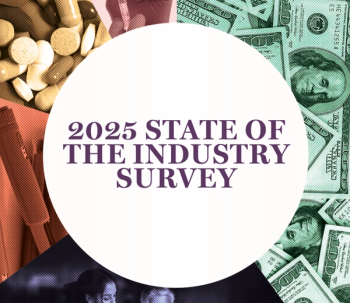
US healthcare costs accelerate
Since posting its lowest annual growth rate in more than six years, the average cost of healthcare services accelerated in May and June.
Data from the S&P Indices for the S&P Healthcare Economic Composite Index indicate that the average per capita cost of healthcare services covered by commercial insurance and Medicare programs increased by 5.61% over the 12-months ending June 2011. Since posting its lowest annual growth rate in its more than six-year history – +5.37% in April 2011 – the rate for this index accelerated in both May and June.
Over the year ending June 2011, healthcare costs covered by commercial insurance increased by 7.48%, as measured by the S&P Healthcare Economic Commercial Index. Medicare claim costs rose at an annual rate of 2.50%, as measured by the S&P Healthcare Economic Medicare Index. This was the lowest annual growth rate recorded for the Medicare Index in its history, which goes back to January 2005.
The Hospital and Professional Services Indices reported increases of 5.16% and 5.89%, respectively, from their June 2010 levels. For the Hospital Index, this rate is slightly higher than the +5.08% posted in May 2011; whereas the Professional Services Index is marginally lower than its +5.91% rate posted in May.
"With June's data, we saw general acceleration in the annual growth rates in healthcare costs primarily led by medical costs funded by commercial insurance plans," said David M. Blitzer in a press release. Blitzer is chairman of the Index Committee at S&P Indices. "The Medicare Index, on the other hand, was down 0.18 percentage points from its May 2011 annual rate and recorded its lowest annual growth rate in its more than six- year history. The Composite Index rose by 5.61%, the Commercial Index by +7.48% and the Medicare Index by +2.50%, compared to their June 2010 levels.
Overall, healthcare costs continue to rise. However, while the Composite and Commercial Indices saw increases in annual growth rates, the Medicare Index decelerated and posted a record low annual rate with June's report.
Newsletter
Get the latest industry news, event updates, and more from Managed healthcare Executive.





















































